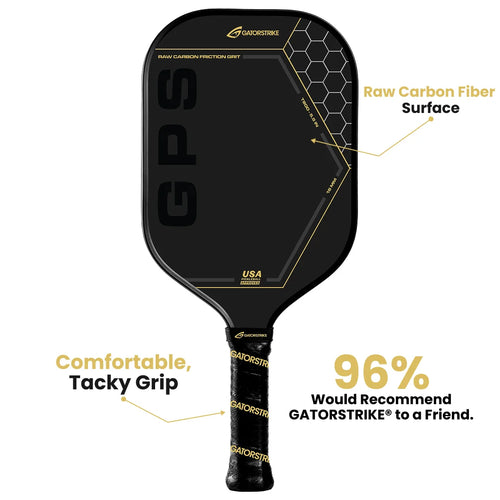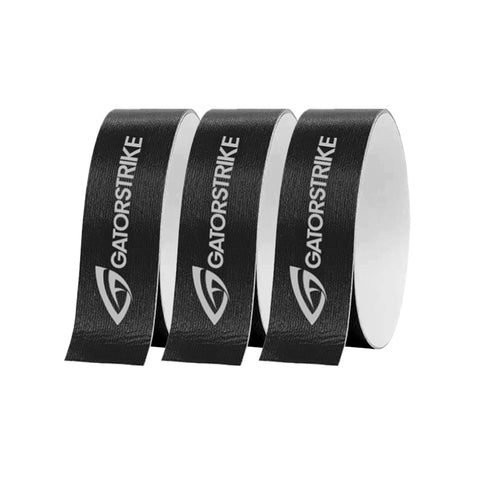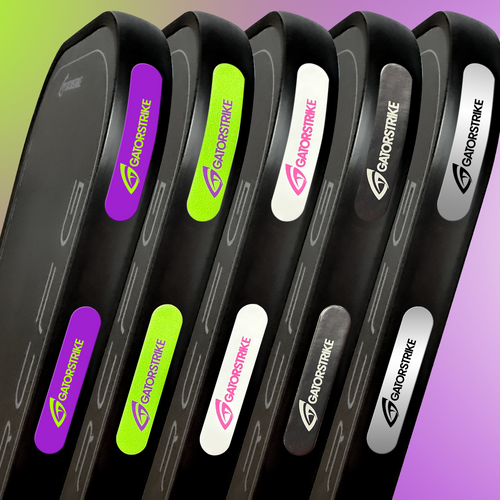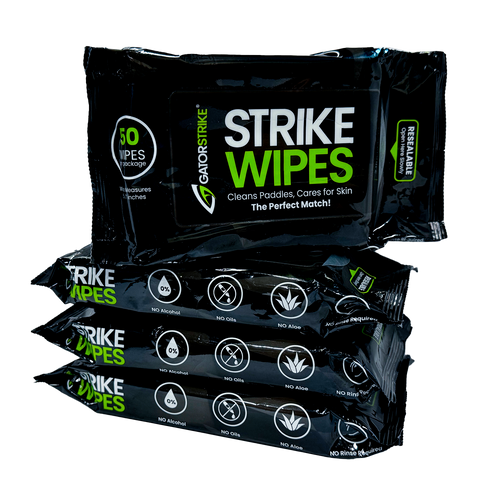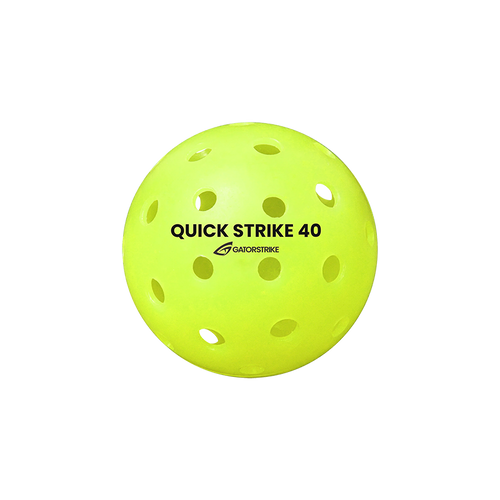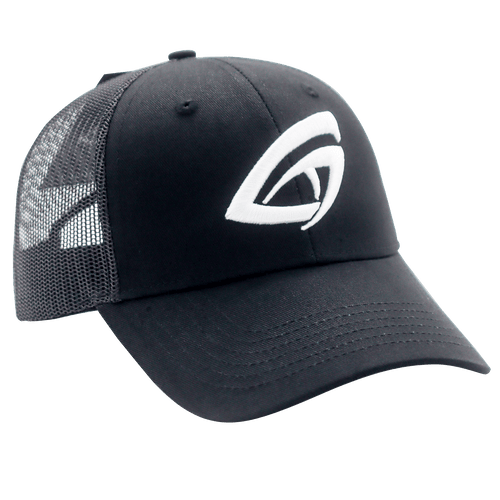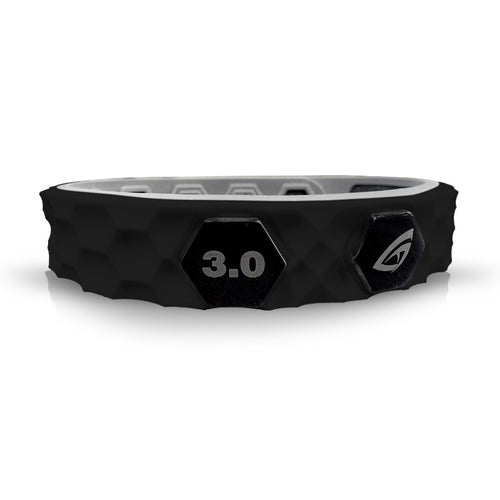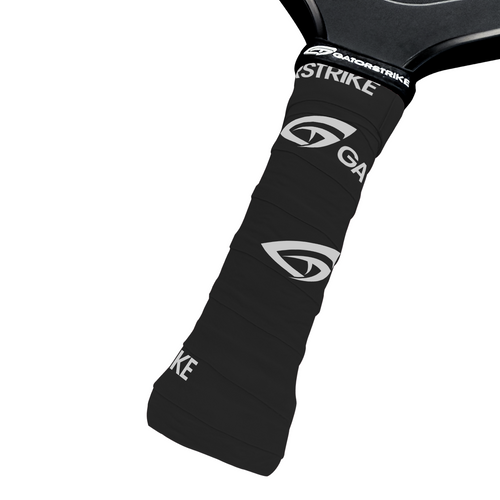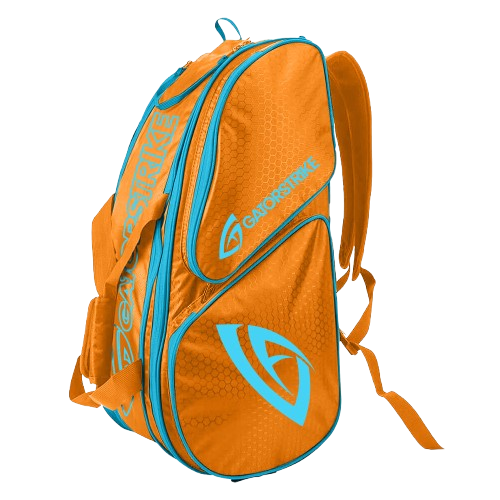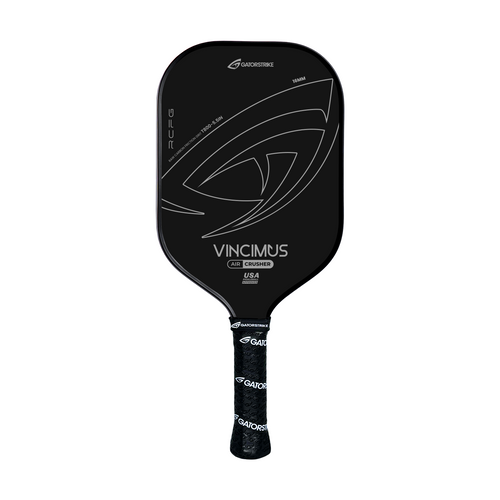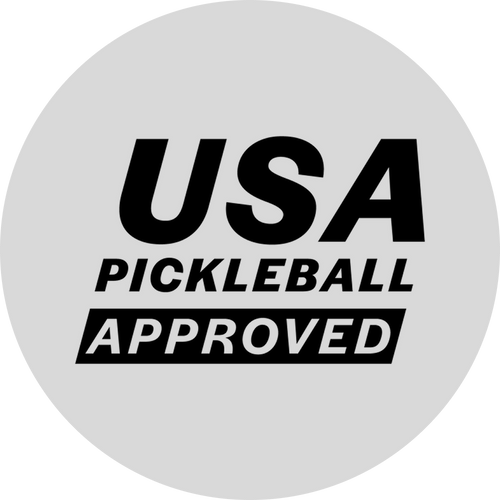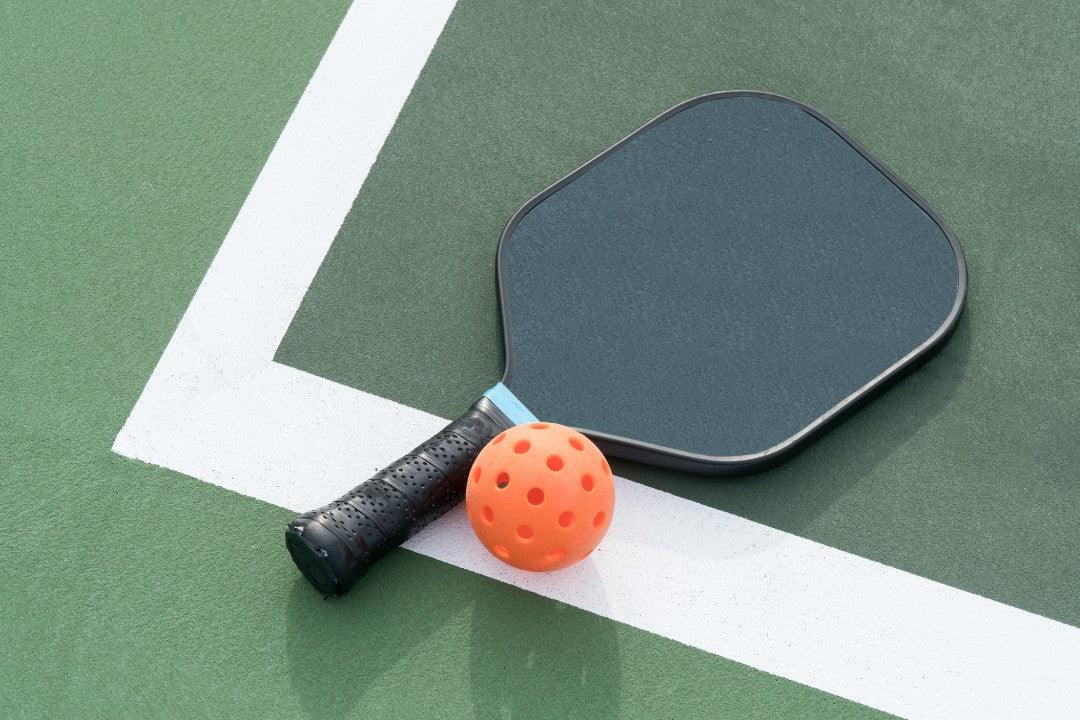
Paddle Materials Explained: Graphite, Fiberglass, and Composite
Share
When choosing a pickleball paddle, understanding the material it’s made from is essential to unlocking your full potential on the court. The three main paddle materials—graphite, fiberglass, and composite—each offer distinct benefits, impacting your power, control, and overall playing experience. Let’s break down what makes each material unique, so you can select the paddle that best fits your playing style.
Graphite Paddles
Graphite paddles are the go-to choice for players who prioritize precision and control. Known for their lightweight construction, graphite paddles allow for quick wrist movement and faster reaction times. Despite being incredibly light, these paddles offer a surprising amount of power, especially when combined with proper technique.
Key Features of Graphite Paddles:
- Lightweight: Typically weighing between 7 to 8 ounces, graphite paddles are easy to maneuver, making them ideal for quick volleys and precise placements.
- Responsive Touch: The rigid surface of graphite paddles allows for a higher degree of control, making them a great option for players who like to play with finesse, rather than brute force.
- Enhanced Power: Although light, graphite paddles can pack a punch when needed, offering an excellent balance between control and power for intermediate and advanced players.
Best for: Players who favor control, precision, and quick reflexes in their game. If your style relies heavily on finesse and strategic shot placement, graphite is the material for you.
Fiberglass Paddles
Fiberglass paddles, also known as composite paddles, are all about generating power. The fiberglass surface is more flexible than graphite, allowing for increased energy transfer when hitting the ball. This means players can deliver harder shots with less effort compared to graphite paddles. However, fiberglass paddles are slightly heavier and offer less touch than their graphite counterparts.
Key Features of Fiberglass Paddles:
- Increased Power: The fiberglass face flexes more upon impact, creating greater power in your shots. This makes it easier to hit hard drives and forceful returns, even without aggressive swings.
- Durable Build: Fiberglass paddles are built to withstand the wear and tear of frequent play, making them a durable option for competitive players.
- Medium Weight: Fiberglass paddles usually weigh between 7.5 to 8.5 ounces, providing a good balance of power and control without being too heavy.
Best for: Players who love to drive the ball with power. If you enjoy playing aggressively and forcing your opponents onto the back foot, a fiberglass paddle is the perfect companion.
Composite Paddles
Composite paddles are a versatile option, as they are made from a blend of materials, often combining fiberglass, carbon fiber, and polymer cores. These paddles provide a middle ground between the control of graphite and the power of fiberglass. The core material also plays a significant role in the performance of composite paddles, with many featuring a honeycomb structure that enhances power while maintaining control.
Key Features of Composite Paddles:
- Balanced Performance: Offering a blend of power and control, composite paddles are adaptable for different play styles. They provide a satisfying amount of pop without sacrificing touch and feel.
- Textured Surface: Many composite paddles have a textured surface, which helps players generate spin on the ball. This feature is particularly useful for more advanced players who want to add variety to their shots.
- Variety of Weights: Composite paddles come in a range of weights, from light to heavy, allowing players to choose a paddle that suits their specific needs.
Best for: Players looking for versatility. Whether you’re a power player or a control enthusiast, a composite paddle offers a balanced performance that adapts to different play styles.
Which Paddle Material is Right for You?
The best paddle material depends on your unique playing style and skill level. If you prefer speed, precision, and control, a graphite paddle will suit your game. If you enjoy hitting power shots and putting your opponent on the defensive, fiberglass should be your weapon of choice. For those who like a little bit of everything, composite paddles offer the best of both worlds.
No matter which material you choose, understanding the strengths of your paddle will elevate your game, allowing you to play with more confidence, power, and precision.
